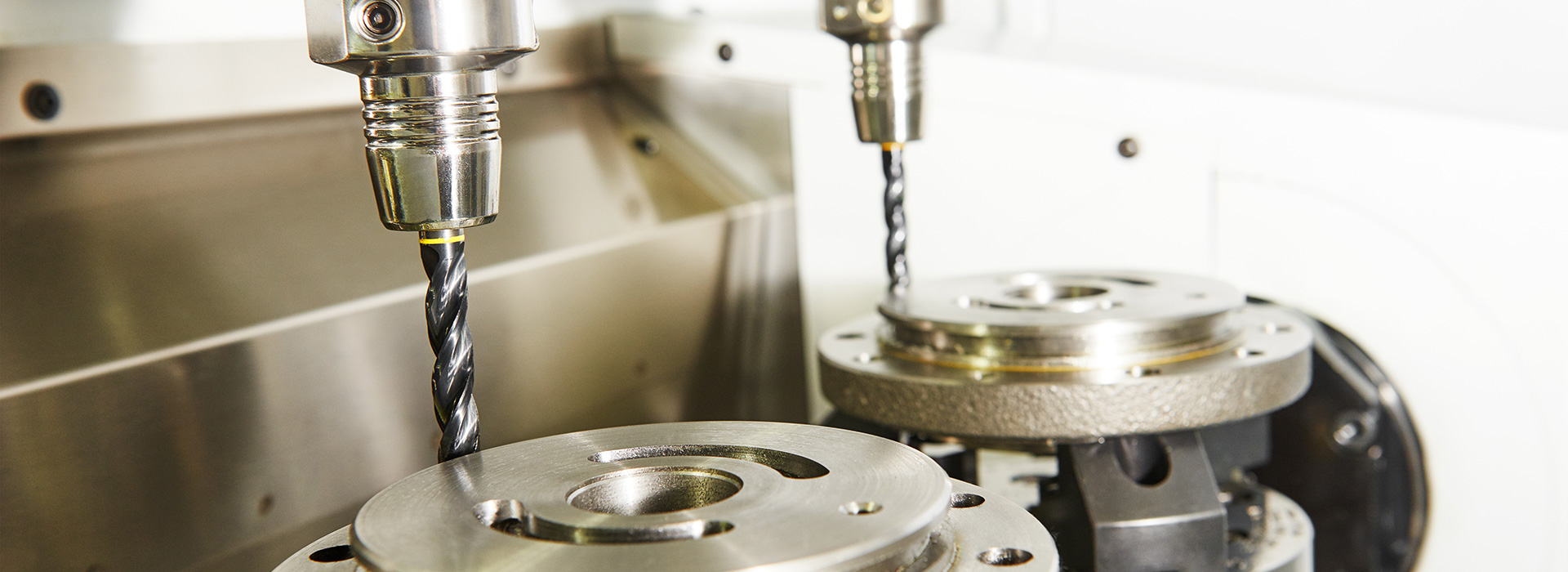Rapid prototyping is here to stay, the manufacturing methods it’s not exactly new, but it’s still the ongoing leading technology that keeps coming up with new means to create a product and cast out the most innovate ideas requested by industries such as the automotive, aerospace, most modern gadgets and many appliances out there. Innovation is often related to a mixture of speedy performance and achieving the best possible qualities on a single package. Not everyone can manage that, but at LT Century we do our best to provide just that for our customers. Innovation is about speed.
The Correlation between Speed and Innovation
Think back for a moment at the number of technologies that have been improved and how much speed has something do with it: In the past, a TV set had to warm up before being turned on. Not a TV screen shows images instantly as soon as you hit a key on your remote. If you wanted to hear some songs by various artists, you had to switch your old acetate albums. Now you just need to strike a few letters on the keyboard of your smart device. Speed improves the qualities of everything, it makes existing technology more useful or their replacements more efficient. The right way to say it is that speed is the core of innovation as it is.

cnc milling slider part*
Innovation, Speed and Rapid Prototyping
Looking back at the manufacturing processes of just 30 years ago, we can say with total assertiveness that the process was slow. It was so slow that by modern standards you would get updated versions of each piece of technology you know every five years instead of yearly releases. Rapid prototyping certainly plays a huge role in the way the modern world consumes technology at the rate it does in these days. The manufacturing method has proven to be reliable because is able to keep things dynamic. The stages of development for any product in rapid prototyping companies are often worked by a team of designers and technicians that have good synergy to create, develop and fix the issues of any project.
The Challenges Faced by the Industry
While we have stated that speed is essential to keep developing good products, forward-thinking without a strategy or due diligence can be very damaging for any project or the industry itself. Here is a single example: many companies offering rapid prototyping in China are willing to go the extra step and try their hand with modifications to customize existing tech to deliver a product to the specifications of a client. While this is a good development, it also creates a hole in the industry where companies building this tech need to catch up on their own to develop upgraded devices that can deliver the results produced by said innovator. It’s a wild goose chase that in the long term could prove to be an obstacle within the industry. The other challenge that needs to be overcome is the unreal expectations of many developers when it comes to deadlines. Many cases have been vented wide open that can illustrate why rushing a prototype or not making sure the finished product works correctly can cost any company millions of dollars. We invite you to do a quick search on the Samsung Galaxy Note 7, one of the darkest spots in the history of the tech developer that created an endless source of legal problems for the company and made them rethink the schedule of their products before rushing them into production.
Addressing the Project with Precision
Prototyping is the basis of a whole project these days, the mere fact that you can create a fully functional product using 3D printing technology and computer designs should leave little room for poor performance. A well-trained team can handle the task of doing all the necessary revisions and work out any issues that need to be sorted out before going for a full production run.
This is also why revisions are an essential part of the process. Remarks and critics are always welcome, but they need to be done when the prototype is making the rounds and being tested. Looking to solve issues mid production just creates a new set of problems. Communication enters in the equation to make sure that doesn’t happen.
The developing stage will always be the most crucial phase of the project. The major issues of the product will be revealed in this time, but this is essentially the best time to fail over and over until all the problems are solved out. In a twist that very few can foresee, to be more time-efficient, we need to spend more time coming up with the solutions to innovate and make our products more functional. By following that logic, there is an excellent chance to bring real innovation instead of rehashes of old ideas.
Reference
*The picture is from https://focusedonmachining.com
